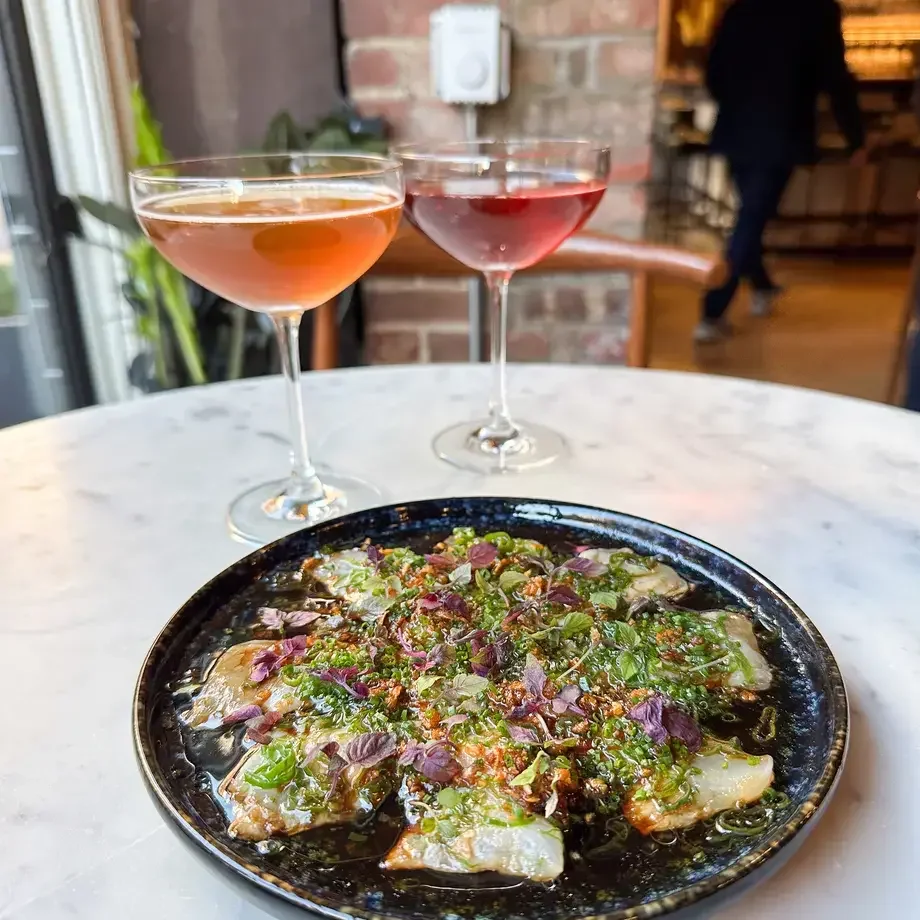Absinthe is a highly alcoholic spirit with a rich cultural history. Originating in Switzerland in the late 18th century, it gained popularity among artists and writers in France during the late 19th and early 20th centuries. Its reputation as a potent and potentially dangerous drink led to being banned in many countries, but over time the perception of absinthe has changed.
Today, absinthe has made a comeback and is again considered a fashionable drink. Its unique taste and ritualistic preparation, which typically involves adding water and sugar to the spirit, have helped to revive its popularity and establish it as a must-try drink for those looking to experience a piece of cocktail history.














